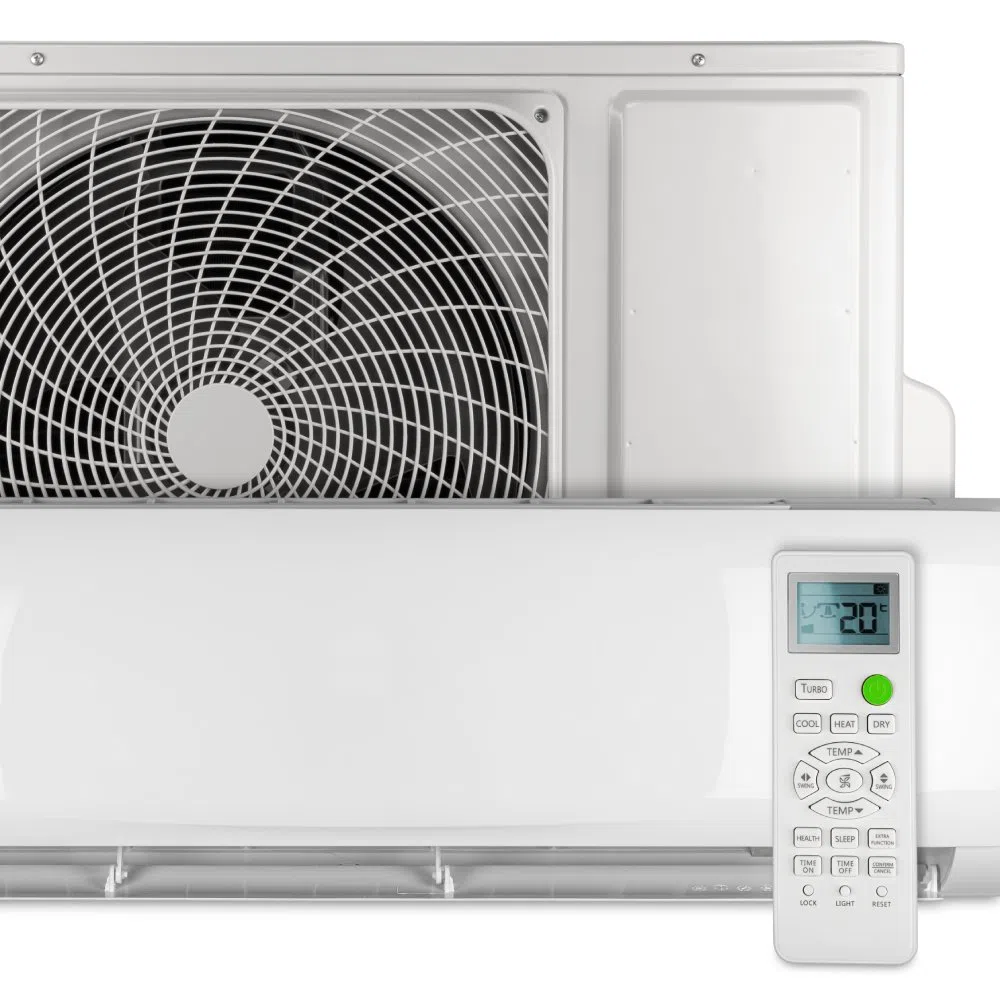Mini-split systems have revolutionized home comfort with their energy efficiency and precise temperature control. However, like any HVAC system, they require regular maintenance to perform at their best. Proper care extends your system’s lifespan, reduces energy costs, and prevents costly repairs down the road. These maintenance tips will keep your mini-split running smoothly year-round and help you avoid common problems that plague neglected units.
Regularly Change Air Filters
Clean air filters form the foundation of mini-split maintenance. Most units feature washable filters that collect dust, pet hair, and other airborne particles. Check your filters monthly and clean them when they appear dirty or clogged. Remove the front panel of your indoor unit, take out the filters, and rinse them with warm water. Allow them to dry completely before reinstalling. Dirty filters force your system to work harder, increasing energy consumption and reducing indoor air quality.
Clean the Evaporator and Condenser Coils
Dirty coils significantly impact your mini-split’s efficiency and cooling capacity. The evaporator coil in your indoor unit collects moisture and can accumulate dust over time. Use a soft brush or vacuum with a brush attachment to gently remove debris from the coil fins. For the outdoor condenser unit, turn off the system power first, then spray the coils with a garden hose to remove dirt and leaves. Clean coils transfer heat more effectively, keeping your energy bills lower and your home more comfortable.
Clear Away Outdoor Debris
Your outdoor unit needs adequate airflow to function properly. Remove leaves, grass clippings, and other debris from around the condenser unit regularly. Trim back vegetation to maintain at least two feet of clearance on all sides. During fall, check the unit weekly as falling leaves can quickly accumulate and block airflow. Snow and ice also pose winter challenges—gently remove accumulation, but avoid using sharp tools that might damage the delicate coil fins.
Inspect and Clean the Drain Line
Mini-splits produce condensation that must drain away from your home. Locate the drain line near your indoor unit and check it monthly for clogs or standing water. Pour a cup of white vinegar down the drain line every few months to prevent algae growth and remove minor blockages. Getting rid of any mold buildup in your mini-split starts with maintaining proper drainage, as excess moisture creates ideal conditions for mold growth. If you notice water backing up or leaking from your indoor unit, address the drainage issue immediately.
Straighten Coil Fins
The thin aluminum fins on both indoor and outdoor coils can bend easily, restricting airflow and reducing efficiency. Use a fin comb or butter knife to straighten bent fins. Work slowly and avoid applying excessive pressure, as fins tear easily. Bent fins reduce heat transfer and force your system to work harder. Take your time with this task—rushed repairs often cause more damage than they fix.
Schedule Professional Maintenance
While homeowners can handle basic maintenance tasks, professional service catches problems before they become expensive repairs. Schedule annual maintenance with a qualified HVAC technician who can check refrigerant levels, test electrical connections, and calibrate your system’s controls. Professional maintenance comes with a cost, but it can prevent costly repairs.
Monitor Performance for Warning Signs
Pay attention to how your mini-split operates daily. Unusual noises, reduced cooling capacity, or ice formation on indoor coils signal potential problems. Higher energy bills often indicate efficiency issues. Strange odors might suggest mold growth or electrical problems. Address warning signs promptly—small problems become major repairs when ignored.
Taking care of your mini-split system doesn’t require extensive technical knowledge, just consistent attention to these maintenance basics. Start implementing these tips today to enjoy reliable comfort and lower energy costs for years to come.
Image Credit: stockphoto-graf, #276011892




Comments